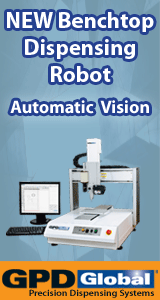Printed Circuit Board Assembly & PCB Design Forum
SMT electronics assembly manufacturing forum.
- SMTnet
- »
- Electronics Forum
- »
- BGA PROFILE
BGA PROFILE
![]()
![]() Hi everybody.
Somebody know any consideration or speci...
- Feb 02, 1999
by
Hi everybody.
Somebody know any consideration or speci...
- Feb 02, 1999
by
![]()
![]() | Hi everybody.
| Somebody know any consideration or s...
- Feb 02, 1999
by
| Hi everybody.
| Somebody know any consideration or s...
- Feb 02, 1999
by
![]()
![]() | Hi everybody.
| Somebody know any consideration or s...
- Feb 02, 1999
by
| Hi everybody.
| Somebody know any consideration or s...
- Feb 02, 1999
by
![]()
![]() | Hi everybody.
| Somebody know any consideration or s...
- Feb 02, 1999
by
| Hi everybody.
| Somebody know any consideration or s...
- Feb 02, 1999
by
![]()
![]() | | Hi everybody.
| | Somebody know any consideration ...
- Feb 02, 1999
by
| | Hi everybody.
| | Somebody know any consideration ...
- Feb 02, 1999
by
- SMTnet
- »
- Electronics Forum
- »
- BGA PROFILE







